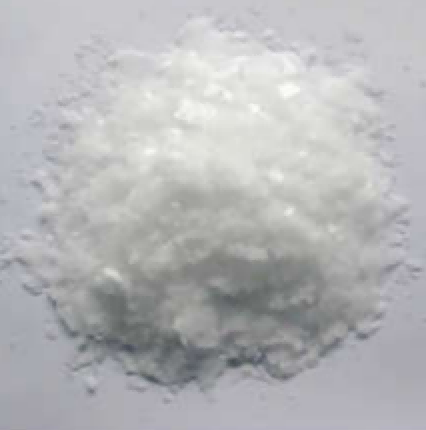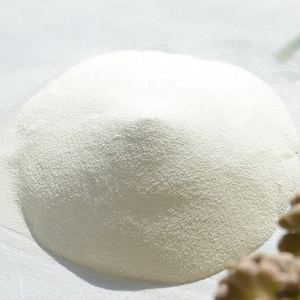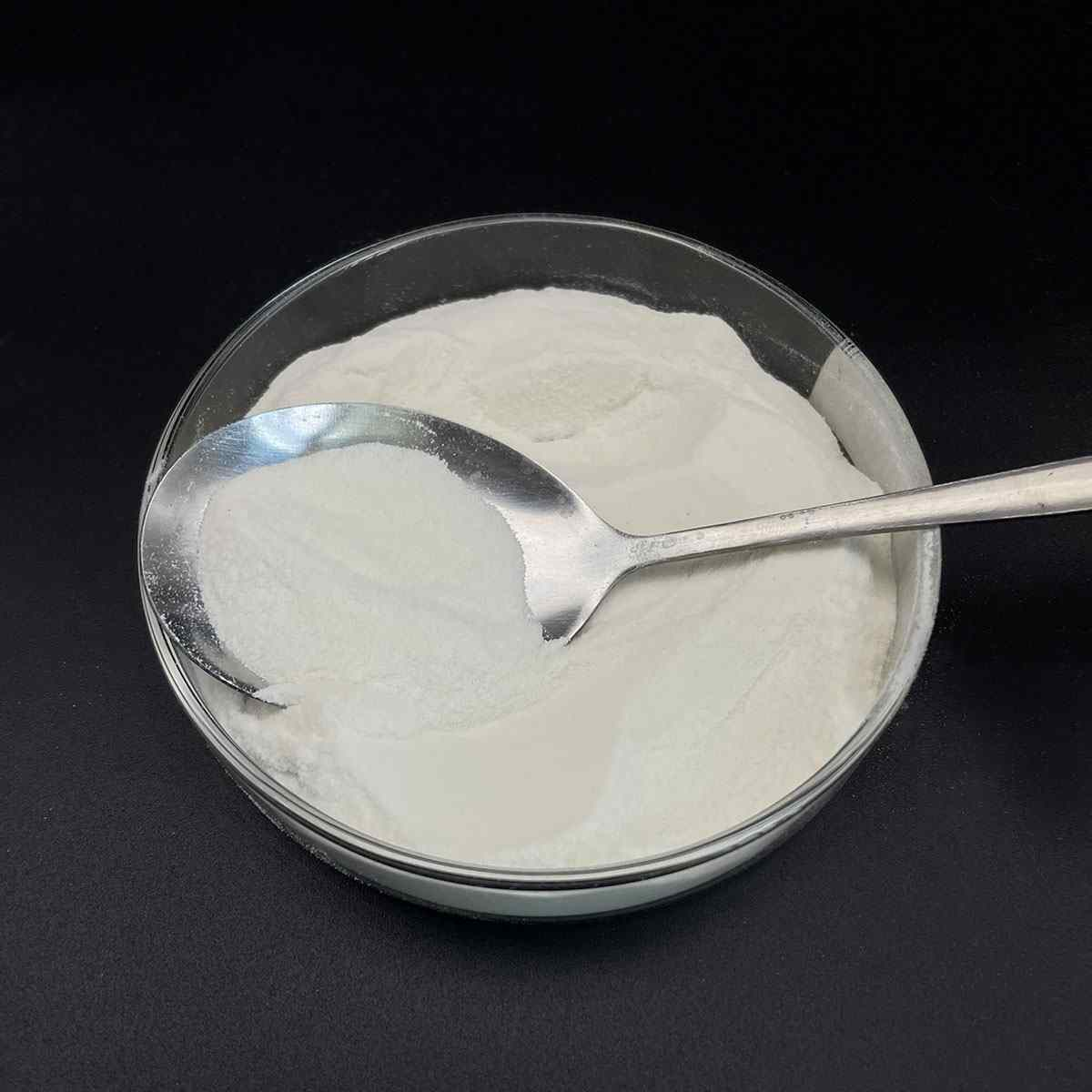1. Introduction
When you hear ‘sodium lauryl sulfate,’ your mind probably jumps to shampoo lather or toothpaste foam. But beyond personal care, this versatile anionic surfactant has a lesser-known, high-impact role: boosting the effectiveness of agricultural herbicides.

In crop protection, getting the active ingredient to stick to and penetrate waxy or hairy plant surfaces is half the battle. That’s where surfactants like sodium lauryl sulfate—also known as sodium dodecyl sulfate or SLS—come in. Though not the flashiest player in the agrochemical toolbox, SLS is a workhorse in specific herbicide formulations, especially where cost, solubility, and rapid wetting matter.
2. Why Surfactants Matter in Herbicides
A surfactant, short for ‘surface-active agent,’ reduces surface tension between liquids or between a liquid and a solid. In simple terms, it helps spray solutions spread evenly instead of beading up and rolling off leaves.
Without a surfactant, many herbicides would simply drip off target weeds, wasting product and reducing efficacy. This is especially true for plants with hydrophobic (water-repelling) leaf surfaces, like lambsquarters or pigweed.
2.1. Sodium Lauryl Sulfate as a Wetting Agent
Sodium lauryl sulfate excels as a wetting agent. Its anionic nature gives it strong hydrophilic (water-loving) and lipophilic (oil-loving) properties, allowing it to bridge the gap between water-based herbicide mixes and waxy plant cuticles.
Compared to non-ionic surfactants like polysorbate 80 or ethoxylated alcohols, SLS provides faster initial wetting—critical in fast-paced spraying operations. It’s also highly soluble in water, which prevents clogging in spray nozzles.
2.2. Compatibility with Common Herbicides
SLS works well with glyphosate, glufosinate, and other systemic herbicides. It’s often included in tank-mix adjuvants or pre-formulated products labeled as ‘surfactant for weed killer’ or ‘lawn wetting agent.’
However, caution is needed with certain formulations. Because SLS is anionic, it can interact poorly with cationic surfactants like cetyl trimethyl ammonium bromide (CTAB) or ammonium lauryl sulfate, leading to reduced performance or precipitation.

3. How SLS Stacks Up Against Other Surfactants
Not all surfactants are created equal. Farmers and formulators choose based on crop type, weed species, water hardness, and environmental concerns.
3.1. Anionic vs. Non-Ionic vs. Amphoteric Options
SLS belongs to the anionic surfactant family, alongside sodium dodecylbenzene sulfonate and sodium lauroyl sarcosinate. These are great for wetting but can foam excessively.
Non-ionic surfactants like decyl glucoside, coco glucoside, alkyl polyglucoside, and Span80 offer low foaming and better compatibility with hard water. Bio surfactants such as sodium cocoyl glutamate are gaining traction for organic farming.
Amphoteric surfactants like cocamidopropyl betaine (also called coco betaine or amidopropyl betaine) can switch charge based on pH, offering flexibility—but they’re costlier and less common in agriculture.
3.2. When SLS Outperforms Alternatives
In situations requiring rapid droplet spreading—like aerial spraying or high-speed ground application—SLS’s aggressive wetting gives it an edge over slower-acting non-ionics.
It’s also more affordable than specialty options like fluoro surfactants or Pluronic 127 (poloxamer 188), making it ideal for large-scale commodity crops where margins are tight.

4. Practical Considerations for Use
If you’re mixing your own herbicide tank, you might see labels like ‘sodium lauryl sulfate for sale’ or ‘sls sodium lauryl sulfate’ from suppliers such as Rohit Surfactants Private Limited.
Typical use rates range from 0.25% to 1% v/v (about 1–4 teaspoons per gallon of water), depending on water quality and weed pressure. Always follow product guidelines—too much SLS can cause phytotoxicity or excessive foaming in spray tanks.
4.1. Common Confusions and Clarifications
Don’t confuse sodium lauryl sulfate (SLS) with sodium laureth sulfate (SLES), also called sodium lauryl ether sulfate or sodium lauryl ether sulphate. SLES is milder and more common in shampoos (‘sodium lauryl ether sulphate in shampoo’), but less effective as a wetting agent in herbicides.
Similarly, terms like ‘laureth,’ ‘sulphate laureth sulfate,’ or ‘sls sodium laureth sulfate’ refer to ethoxylated versions—not pure SLS. For agricultural use, you want unethoxylated sodium lauryl sulfate (C12H25SO4Na), sometimes labeled as ‘na lauryl sulfate’ or ‘natrium lauryl sulfate.’
5. Environmental and Safety Notes
While effective, SLS is biodegradable but can be toxic to aquatic life. Avoid drift into waterways. It’s not classified as a bio surfactant, unlike lignin sulfonate or coco-based alternatives such as sodium coco sulfate.
For organic or eco-sensitive operations, methylated seed oil (MSO) or alkyl polyglucoside may be preferred, even if they cost more or act slower.
6. Conclusion
Sodium lauryl sulfate may be best known for making your shampoo lather, but in the world of agriculture, it’s a quiet powerhouse. As a cost-effective, fast-acting anionic surfactant, it ensures herbicides do their job—sticking to, spreading across, and penetrating tough weed leaves.
While newer, greener surfactants are emerging, SLS remains relevant in niche agrochemical applications where performance, solubility, and price align. Understanding its role—and how it differs from sodium laureth sulfate, cocamidopropyl, or non-ionic options—helps farmers and formulators make smarter choices in the field.
Our Website founded on October 17, 2012, is a high-tech enterprise committed to the research and development, production, processing, sales and technical services of ceramic relative materials such as Sodium. Our products includes but not limited to Boron Carbide Ceramic Products, Boron Nitride Ceramic Products, Silicon Carbide Ceramic Products, Silicon Nitride Ceramic Products, Zirconium Dioxide Ceramic Products, etc. If you are interested, please feel free to contact us.


